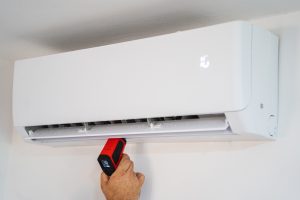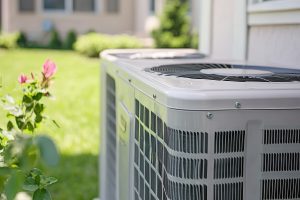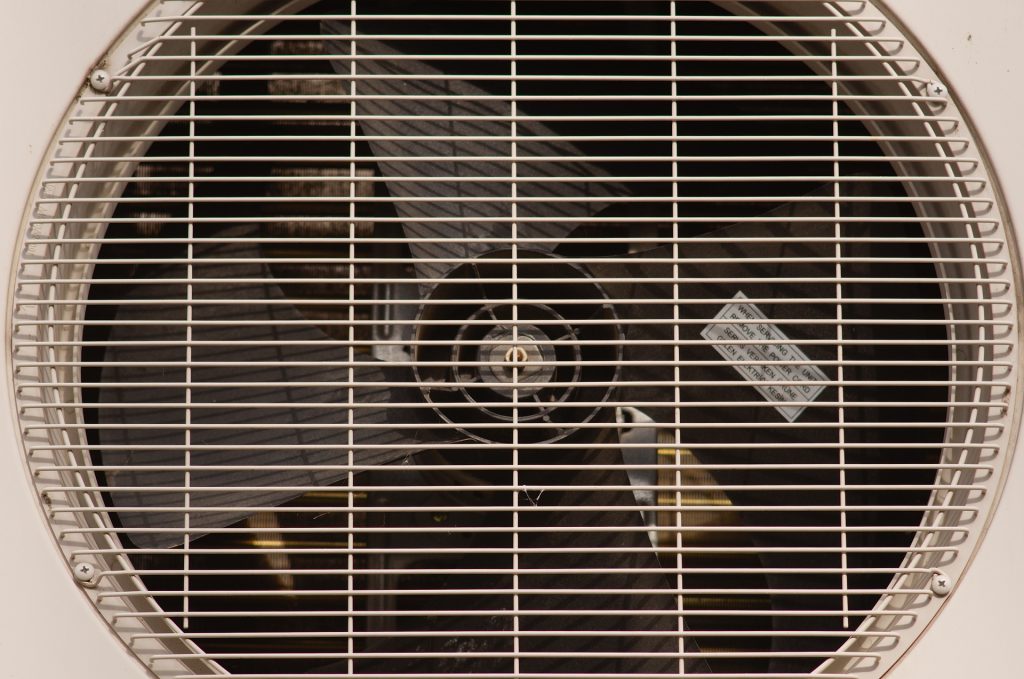The use of ductless air conditioning systems has seen a steady increase in recent years. And all this is for a good reason. Home users have realized just how effective these AC systems are, both in terms of providing optimal temperatures where needed and saving on energy bills.
Popularly known as mini-splits, ductless heating and cooling systems offers you the ability to control your home’s temperatures without having to deal with numerous issues seen in the ducted setups. You can easily regulate your home’s temperature, room to room, without using too much energy.
But how do these systems work? Will installing one in your home be the best idea? And, where can you get the best ductless mini-split?
This 10-minute guide offers you all these answers and more.
What is Ductless Mini Split?
Typically, these are air conditioning and heating systems that need “no” air ducts to function. Also, unlike the traditional ducted HVAC units, which regulate your home’s temperatures from a single unit, mini-splits are different. With mini-splits, there is a unit servicing every room/zone, and each of these units has its separate evaporator coil and fan.
Generally, a split AC system has two parts—the indoor and the outdoor unit. The system works almost in the same way as the traditional ducted system, except that the indoor unit is divided into several units, each unit serving a specific room or zone.
Having different units in various rooms allows you to set different temperature levels in other rooms. This is quite convenient, especially where you have several family members favoring varying temperatures.
To help us understand the mini-split system better, let’s see what exactly it’s made of:
Ductless Mini Split AC’s Components
- Outdoor unit – compressor/condenser
- Indoor Unit – Air handler, evaporator Coil, and fan
- Electric Line
- Heat Pump – where necessary
- Refrigerant Line
- Drain Line
How Do Mini-Splits Work?
The ductless mini-split AC consists of individual indoor units, which link to the outdoor unit. This outdoor unit functions as the condenser/compressor, which pressurizes and pushes the indoor unit’s refrigerant.
When warm air in the room blows over the indoor units, it is absorbed by the unit’s evaporator coils. With the refrigerant’s help in the evaporator coil, this helps transfer the heat from the air to your system’s outdoor unit. This, in turn, helps to cool the room temperatures.
Mini-split systems consist of several small units, installed in different rooms as desired. Each unit controls the temperatures of a single zone. These units help remove warm air from the room, depositing it into the outdoor unit as condensate.
The condensate is then drained from the outdoor unit through a suction line and deposited in the desired location. The conduits connecting the outdoor and indoor units only need a small hole on your wall.
Difference between Ducted System and Ductless Mini-Split AC System
As we mentioned earlier, the main difference lies in the use of ducts. A ducted system contains a central air heating and cooling unit from where the connected ducts transport the air to various rooms of the house. The single AC unit in this system will mainly be installed in the house’s attic or the basement.
One significant advantage of a ducted AC system is that it’s reliable and quieter than the multiple window AC systems. It gives you a better chance to efficiently control your home’s temperatures across different rooms simultaneously.
As for the mini-split system, the same benefits also apply, with several additional ones. While a central air conditioner is prone to air loss, thus, more energy use in cooling and heating the rooms, a mini-split system has that covered. Since it doesn’t use air ducts to control the temperatures, there is no chance of losing cool or warm air during the process.
Unlike the ducted air conditioning system, a ductless system has a heating and cooling unit from each room. This means that you’ll not be using a blanket temperature for your house. Different rooms have their AC units, allowing you to have different temperatures in other rooms as desired.
Best Area of Application for Mini-Splits
What are the most likely places to see mini-splits?
● Garage
Because of the potential risks involved in these places, ductwork is not encouraged. And since you might still need to use that garage for considerable amounts of time, using a ductless mini-split becomes a perfect solution. This way, you can spend all the time you want in your garage without worrying about freezing temperature or temperature that is too hot.
● Basement
Most of the time, basements tend to be pretty cold. Additionally, if the place is crowded with people during a party, the home can become too hot and stuffy. For this reason, a ductless mini-split is your ultimate solution in maintaining just the correct temperatures down there.
● Master Bedroom
Sometimes you want customized temperatures for the room you spend most hours of your day in. After a long day at work in the scorching sun or freezing winter, your bedroom is your haven. So, it’s only fair to have the best conditions around the room. A mini-split heating and cooling system can help you to achieve your desired environment.
● Slab Homes
Without ample space to hold an oversized furnace or air conditioner, such homes need an alternative heating or cooling source. A ductless mini-split seems like an excellent option for that. With it, you can have the ideal temperature in your house without requiring too much space.
Benefits of a Ductless Mini Split AC System
What makes this system a preferred option over the ducted air conditioning system?
- It is small in size
- Flexibility – you can achieve different temperatures for different rooms using separate thermostats
- Easy to install – you just need a small 3-inch hole on your wall to fix the conduit
- Efficient and reliable – save both money and energy
- Sleek modern design
- Offers both heating and air conditioning functions
- Can be controlled remotely
- Longer lifespans
What is the Best Ductless Mini Split System?
When searching for the best ductless split system, your choice is influenced by several factors. For instance, do you need a single zone system, a multiple zones one, or a cold climate ductless mini-split system? Your budget, plus the system’s efficiency, size (capacity), and lifespan are also factors you should consider.
With this in mind, you can now quickly identify who makes the best ductless mini-split system. The fact is that different brands have their strengths and drawbacks. You just need to identify the one product that solves most of your problems.
Buying a mini-split cooling and heating system from big brands is better as they are more trustworthy. However, their prices tend to be higher, with most of them charging even up to $5,200 for a unit without installation. Some of these major brands include:
- Fujitsu
- LG
- Mitsubishi
On the other hand, smaller brands are less popular but cost way cheaper than the big brand. Also, you can get yourself great products, almost as good as those from renowned brands. Some of the smaller brands in this field include Daikin and Pioneer.
Conclusion
Ductless mini-splits are an excellent option for the ducted, central HVAC system. With the ability to offer customized temperatures for different rooms, higher efficiency, and long lifespans, these systems are the way to go. However, always ensure that you do your in-depth research, based on your needs, to enable you to get the right product.














